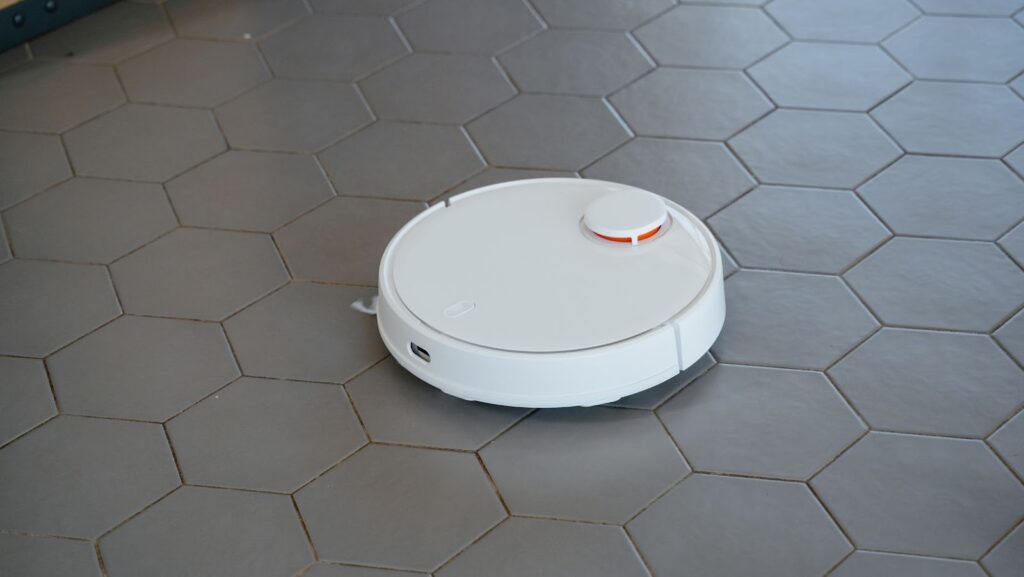Curious about what a vacuum is and how it works? Well, let me break it down for you. A vacuum is a device that creates a space devoid of matter, commonly known as a “vacuum.” It operates on the principle of suction, which means it removes air and any other particles from the space to create a low-pressure environment.
So, how does it work exactly? When you switch on a vacuum cleaner or any other vacuuming device, it creates an area of low pressure inside. This low pressure causes the surrounding air and debris to rush in to fill the void. The airflow generated by the vacuum’s motor then carries this mixture into its collection chamber or bag, effectively cleaning your surroundings.
Table of Contents
ToggleWhat Is a Vacuum
A vacuum cleaner is an essential household appliance that helps us keep our homes clean and free from dust, debris, and allergens. But have you ever wondered how this handy device actually works? Let’s delve into the inner workings of a vacuum cleaner to understand its mechanism.
- Suction Power: The primary function of a vacuum cleaner is to create suction that sucks up dirt and particles from different surfaces. It achieves this through a combination of airflow and pressure differences.
- Electric Motor: At the heart of every vacuum cleaner is an electric motor that drives the entire system. When you turn on the machine, it powers up the motor, which generates suction by creating airflow within the unit.
- Fan or Impeller: The electric motor spins a fan or impeller rapidly, which creates a low-pressure area inside the vacuum cleaner. This low-pressure zone draws air into the machine through an intake port or nozzle.
- Filters: As air enters the vacuum cleaner, it passes through various filters designed to trap dust particles and other contaminants. These filters prevent them from being released back into the air while ensuring proper airflow through the machine.
- Dust Collection Container or Bag: Once inside, dirt and debris are collected either in a bag or container attached to the vacuum cleaner. Bagged models use disposable bags that need regular replacement, while bagless models typically feature reusable containers that require emptying after each use.
- Exhaust Port: After capturing dirt particles, clean air is expelled back into your home through an exhaust port or vent located at another end of the machine.
- Attachments: Vacuum cleaners often come with various attachments like brushes, nozzles, and extensions that allow for more efficient cleaning on different surfaces such as carpets, hardwood floors, upholstery, and crevices.
Vacuum cleaners have evolved over time with advancements in technology, offering features like HEPA filters for improved allergen capture, cordless operation for increased maneuverability, and smart sensors for automatic adjustment on different floor types.

Understanding the Basic Components of a Vacuum
When it comes to understanding what a vacuum is and how it works, it’s important to familiarize ourselves with its basic components. A vacuum cleaner may seem like a simple household appliance, but beneath its sleek exterior lies a complex system designed to efficiently clean our floors and surfaces. Let’s take a closer look at the key components that make up a vacuum:
- Motor: At the heart of every vacuum cleaner is its motor, responsible for generating the suction power that enables it to pick up dirt and debris. The motor drives an impeller or fan, which creates airflow within the machine.
- Air Filter: To ensure that only clean air is expelled back into your space, vacuums are equipped with an air filter. This filter traps dust particles and allergens, preventing them from being released back into the environment as you clean.
- Suction Nozzle: The suction nozzle is where all the action happens! It’s typically fitted with brushes or agitators that loosen dirt from carpets or other surfaces while simultaneously allowing the suction power to pull in the dislodged debris.
- Dust Collection Container or Bag: Vacuums employ different methods for collecting dust and debris. Some models use disposable bags that need to be replaced periodically, while others have reusable containers that can be emptied after each use.
- Hose and Attachments: To enhance versatility and reach those hard-to-reach areas, vacuums come equipped with hoses and various attachments such as crevice tools, upholstery brushes, and extension wands. These accessories allow you to clean furniture, curtains, stairs, and more effectively.
- Power Cord or Battery: Vacuums require a source of power to operate efficiently. Traditional corded models rely on an electrical outlet connection via a power cord while cordless vacuums utilize rechargeable batteries for flexibility and maneuverability.
Understanding these basic components of a vacuum can help us appreciate the functionality behind this essential cleaning tool. From the motor that generates suction power to the attachments that improve versatility, each component plays a crucial role in ensuring efficient and effective cleaning performance.

